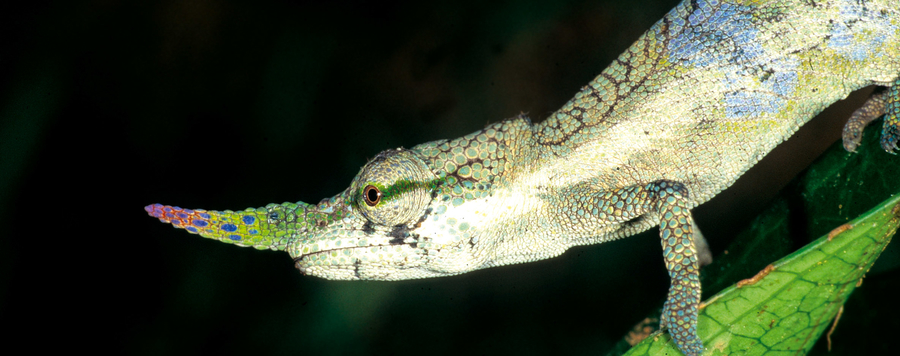
Pinocchio lizards and other lizards bearing rostral appendages – the peculiar habitus of the draconine agamid Harpesaurus tricinctus
Harpesaurus tricinctus is an Asian agamid lizard described in 1851 from Java, Indonesia, and since then known only from its holotype located at the Paris Natural History Museum (MNHN-RA), supposedly a male, characterized by a long sickle-shaped rostral appendage. Ecological data are virtually lacking since no other specimen have ever been found. Here we review its morphology as compared with its congeners. We also review the morphology of other lizards and some snakes with rostral appendages and discuss their possible functional implications. We identified a South American dactyloid lizard, Anolis proboscis, the males of which show by their general habitus and a long, sword-shaped rostral appendage a striking convergence with the possibly extinct H. tricinctus. Anolis proboscis was also for long considered a rare and little-known lizard but recent field work allowing new observations provided additional data on its ecology. We suggest to use these new data on its habitat requirements which might be comparable to those of the externally so similar but allegedly extinct Indonesian agamid which might have survived in the canopy of tropical humid forests in one of the Greater Sunda Islands of Indonesia.






